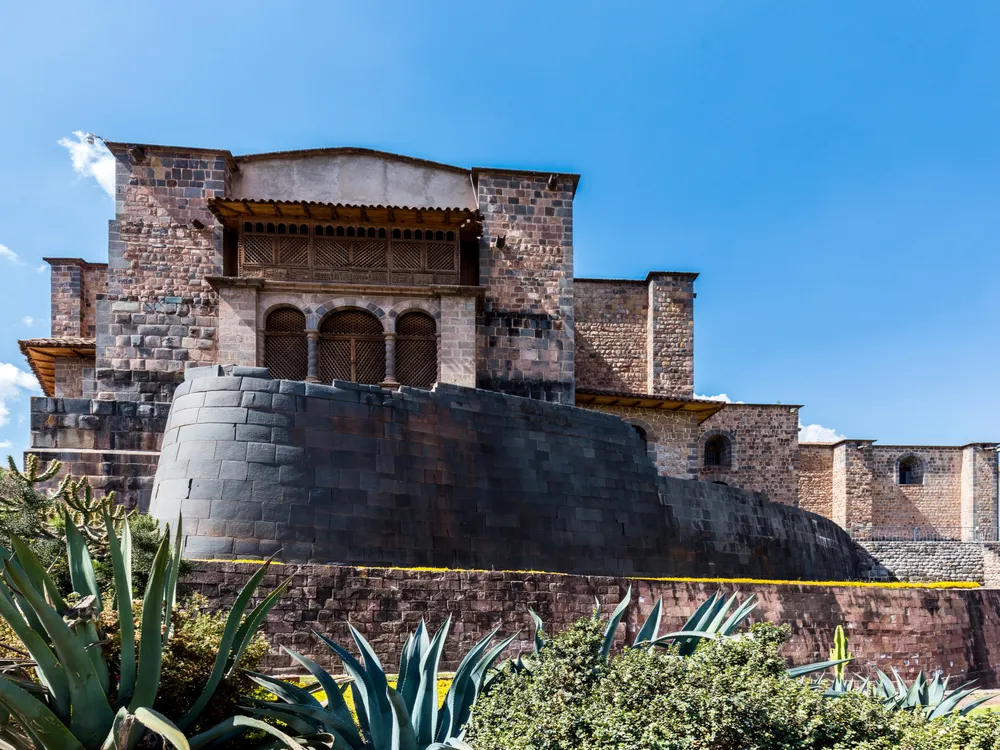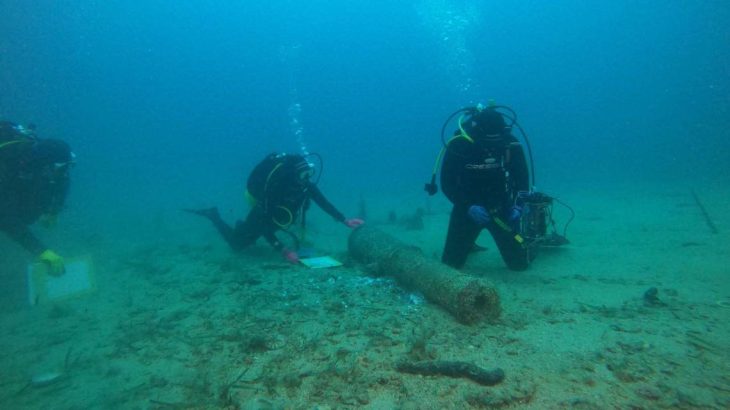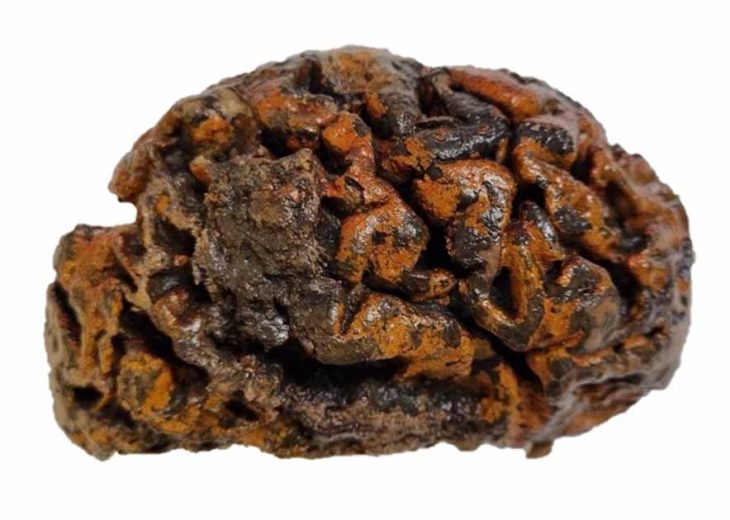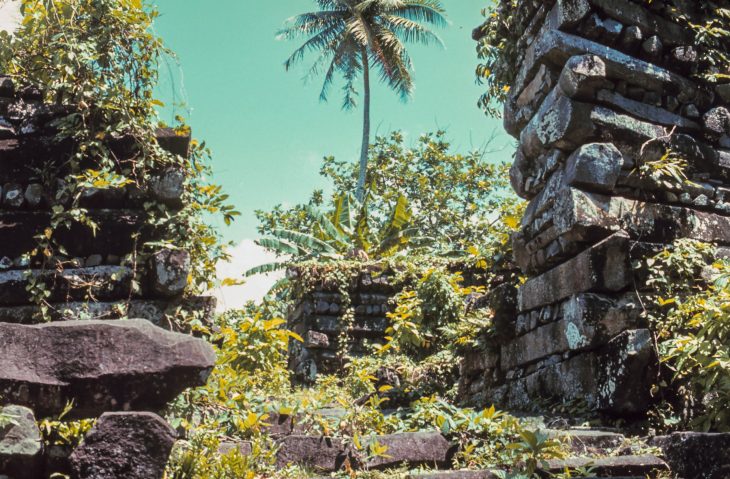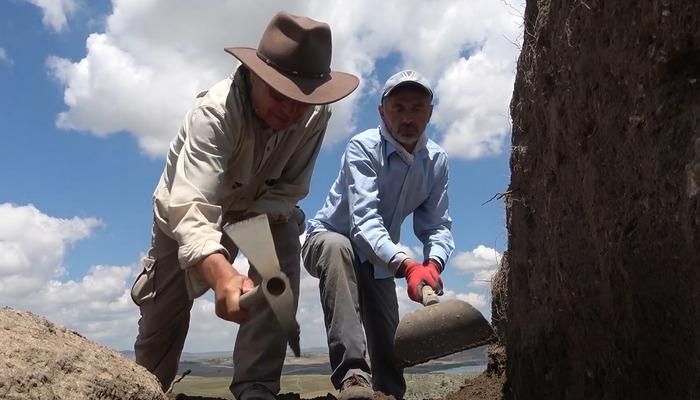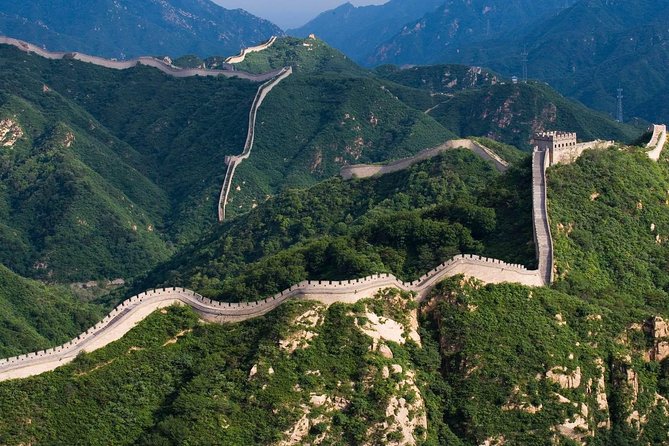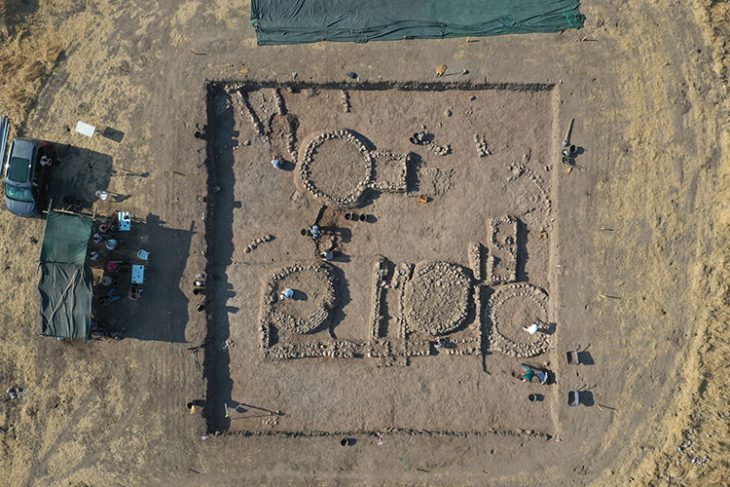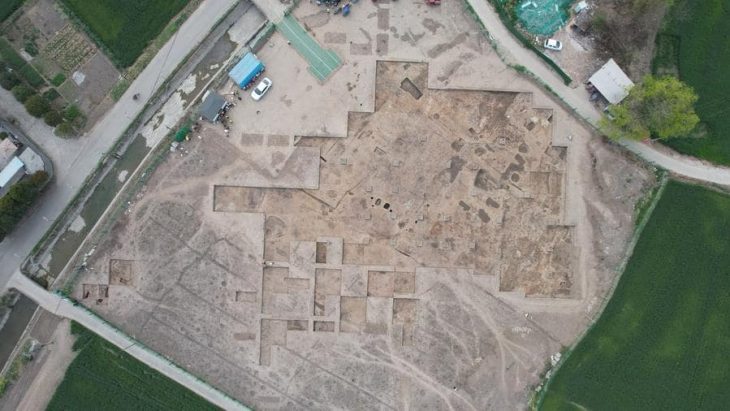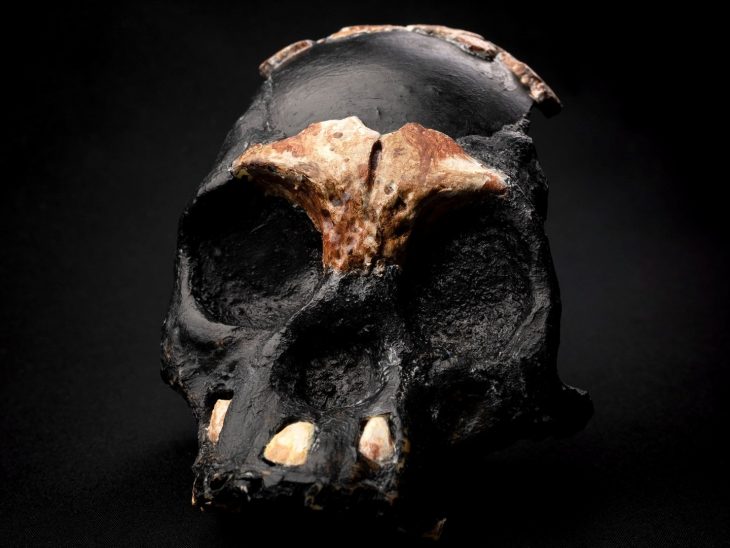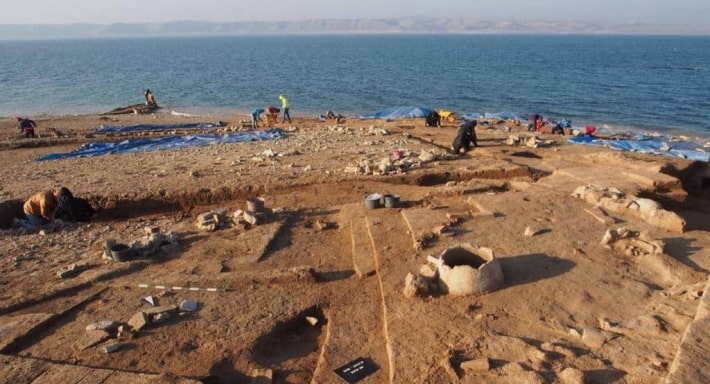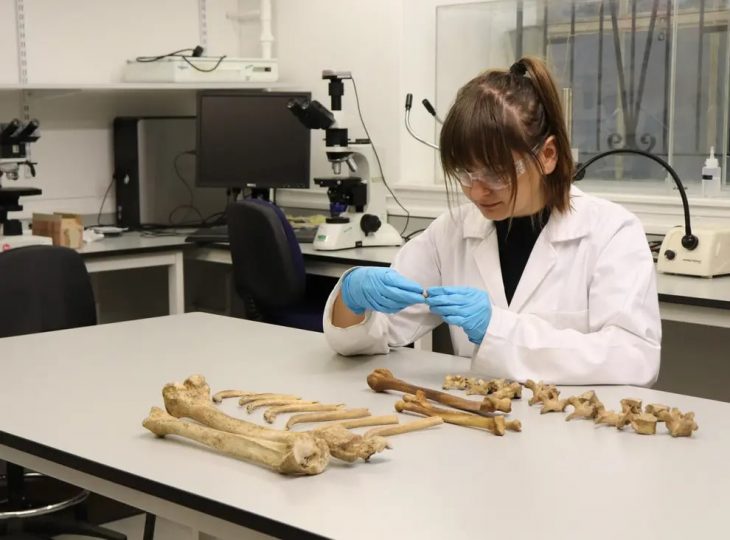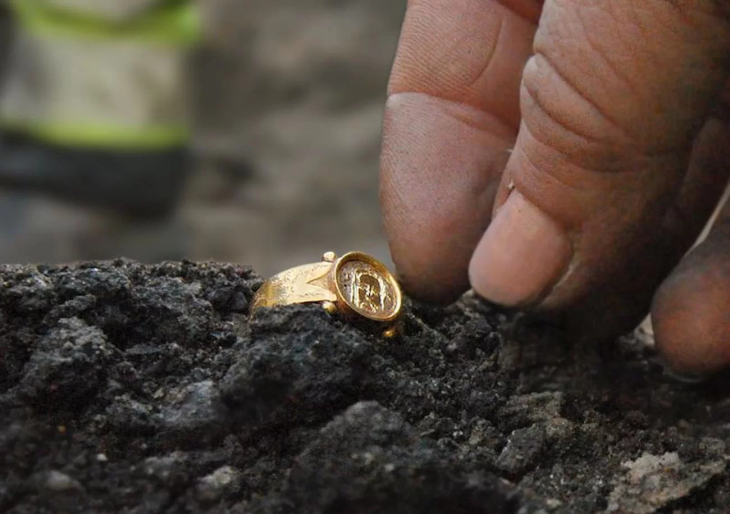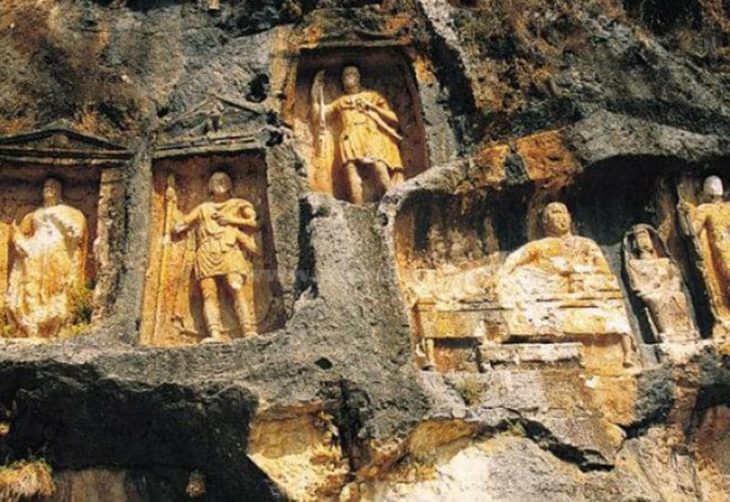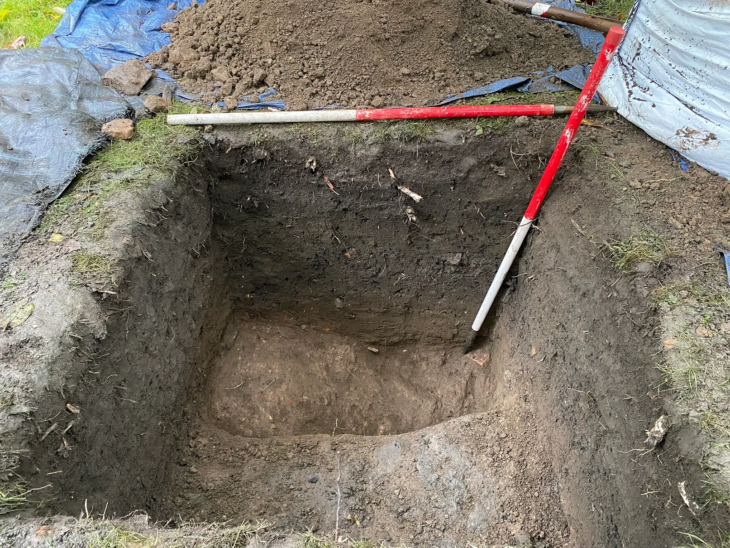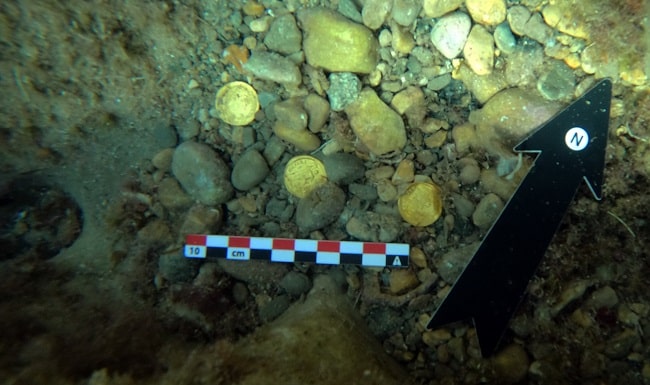Underground tunnels, long rumored in local legends, have been discovered beneath Cusco, Peru, the former capital of the Inca Empire.
Cusco, the historic capital of the Inca Empire, has become the focus of renewed archaeological interest following the discovery of underground tunnels that have long been rumored in local folklore. Archaeologists Jorge Calero Flores and Mildred Fernández Palomino announced their findings at a recent press conference, revealing a passage that connects two significant Inca sites: the Temple of the Sun and the Sacsayhuamán fortress.
This remarkable discovery offers fresh insights into Inca engineering and cultural practices. The tunnels, estimated to date back to the late 15th or early 16th century, were uncovered during a routine survey aimed at assessing the foundations of older buildings in Cusco’s central area. Workers stumbled upon a concealed stone entrance, leading to a network of corridors extending beneath the city.
The precision of the stonework in these tunnels mirrors the famous Inca walls found throughout the region, designed to withstand the seismic activity common in the Andes. Archaeologists have also noted sophisticated drainage systems, indicating that the Incas were adept at managing heavy rainfall and preventing flooding.
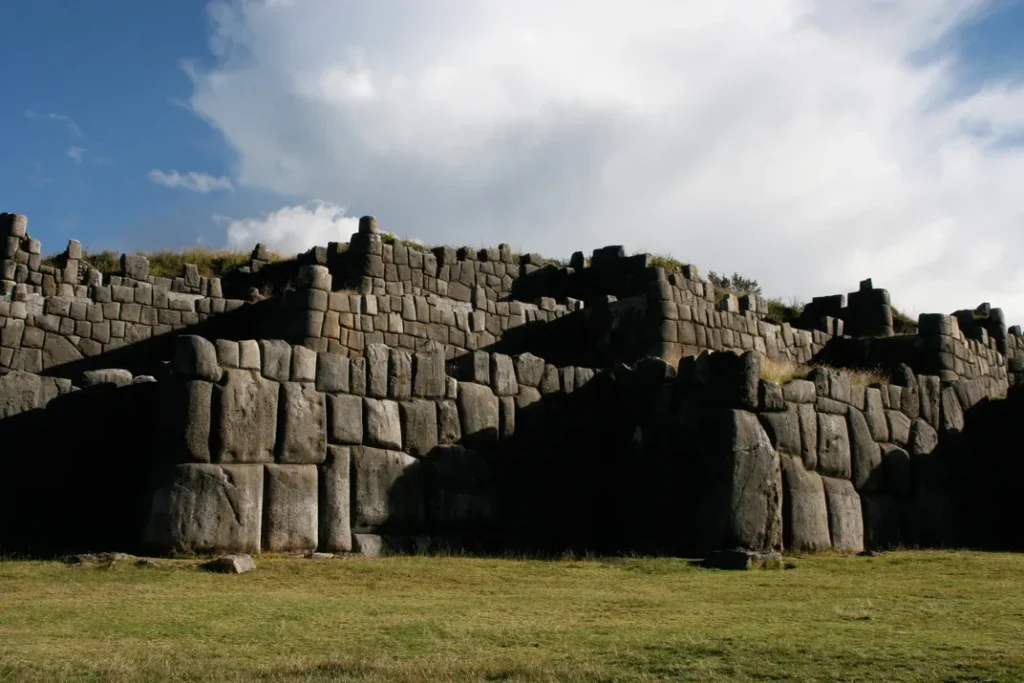
While the excavation is still in its early stages, researchers speculate that these tunnels may have served multiple purposes. Some believe they provided discreet routes for Inca nobles or priests traveling between ceremonial sites, while others suggest they may have had sacred functions, as evidenced by small niches carved into the walls for offerings.
📣 Our WhatsApp channel is now LIVE! Stay up-to-date with the latest news and updates, just click here to follow us on WhatsApp and never miss a thing!!
For many residents of Cusco, this discovery validates long-held oral traditions about hidden underground passages connecting significant sites. Stories of treasure seekers descending into the depths in search of sacred objects have circulated for generations. Although no lost riches have been found, the tunnels themselves are being hailed as a treasure trove of cultural and historical significance.
As excavations continue, researchers are employing advanced techniques like ground-penetrating radar to map the tunnels without causing damage. The local community is engaged in the process, balancing the desire for knowledge with the need for preservation.
This discovery not only enriches our understanding of Inca civilization but also serves as a living link to a past that continues to resonate in the daily lives of Cusco’s residents. The anticipation surrounding further excavations highlights the enduring legacy of the Inca Empire and its profound impact on the Andean region.
Asociación de Arqueólogos del Perú
Cover Image Credit: Diego Delso, CC BY-SA 4.0, via Wikimedia Commons

